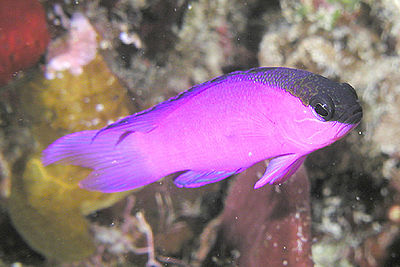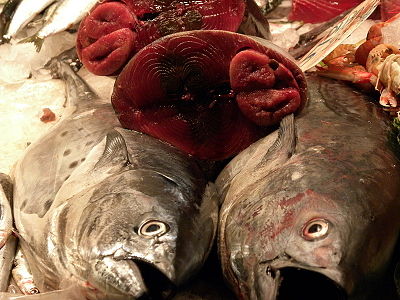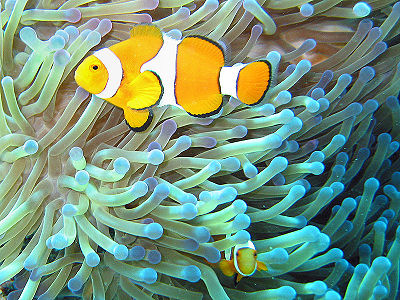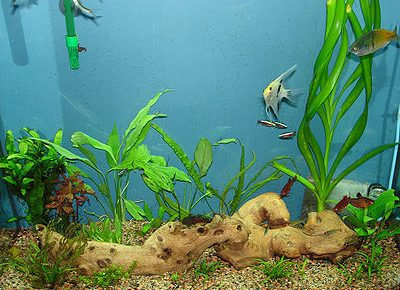
The Caribbean Sea is a sea of the Atlantic Ocean, between Mexico and Central America. It is the second largest sea in the world. About 9% of the world’s coral reefs are located in this sea. Coral reefs are extremely fragile and have been damaged in recent years by extremely warm waters.
In 1986, a protocol ratified by 15 countries went into effect to protect the marine life in the Caribbean Sea by forbidding destructive human behavior. The Protocol of the Convention for the Protection and Development of the Marine Environment of the Wider Caribbean Region protects sea turtles and cetaceans.
The economy of the countries in the Caribbean is extremely dependent on tourism and fishing, but fishing in the area is being threatened by environmental deterioration. This is a result of changes in coastal land and sea use, sewage pollution, over-fishing, global climate change, river discharge, alien species introduction, urbanization of coastal communities, lack of coordinated governance and international shipping rules. All the commercially important species of fish are threatened, and conch is considered an endangered species.
The population of sea turtles in the Caribbean had declined dramatically in the last few hundred years. This is due in large part to hunting. Sea turtles are “ecosystem engineers” so their disappearance has a great effect on the environment around them.
List of fish native to the Caribbean Sea:
- Blackcap Gramma
- Blue Reef Chromis
- Cherub (Pygmy) Angelfish
- French Angelfish
- Queen Angelfish
- Royal Gramma



